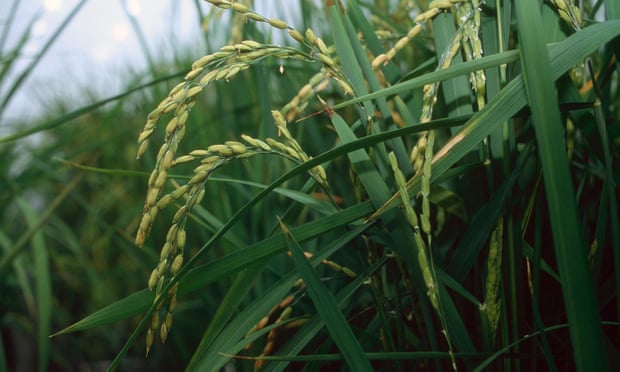
We live on a planet where human numbers are expected to swell to more than 11 billion by the end of the century. At the same time, global warming is destined to alter our climate dramatically and, in many regions, erode our ability to feed the burgeoning population. Much will depend on our ability to use advanced scientific techniques, responsibly controlled, to produce the food we need while addressing environmental concerns.
Quick guide
The Observer:
(The Observer is the world’s oldest Sunday newspaper, founded in 1791. It is published by Guardian News & Media and is editorially independent.)
Crops that can survive droughts, which require limited amounts of pesticide and that can resist disease will be crucial to achieving these aims and minimising suffering. It was therefore dismaying to note the decision by the European court of justice to impose extra burdens on researchers. The court’s target was the new technology of gene editing. Its use should be strictly limited in Europe, the judges ruled. Thus the development of new plant breeds will become very much harder while the judgment also threatens to rob Europe of the lead its scientists could take in feeding the planet.
What is Crispr?
(Crispr, or to give it its full name, Crispr-Cas9, allows scientists to precisely target and edit pieces of the genome. Crispr is a guide molecule made of RNA, that allows a specific site of interest on the DNA double helix to be targeted. The RNA molecule is attached to Cas9, a bacterial enzyme that works as a pair of “molecular scissors” to cut the DNA at the exact point required. This allows scientists to cut, paste and delete single letters of genetic code.)
The court’s specific ruling was that crops created by using gene editing’s highly specific, highly accurate techniques should be treated as if they were derived from classical genetic modification or transgenic methods that were developed in the 1980s. But unlike traditional genetic engineering techniques, gene editing does not involve the introduction of DNA from another organism. Indeed, it is virtually impossible to detect whether the DNA of a plant or animal has been edited or not – because the changes involved are indistinguishable from naturally occurring mutations. Nevertheless, the ECJ has ruled that gene editing is intrinsically unsafe while continuing to allow the use of carcinogenic chemicals and ionising radiation, which create random variations, in conventional crop breeding techniques.
By any sensible standard, this judgment is illogical and absurd. For a start, it argues that crops should be judged not on the safety of their traits but only on the technology that was used to create them. It also maintains that the highly precise technology of gene editing is somehow more risky than past, imprecise techniques. This is simply untrue.
Nor should we be under any illusions about the likely consequences of the court’s decision for the intellectual and scientific independence of Britain and Europe. It costs around £30m to obtain approval for GM crops in Europe today. Only large agri-businesses can afford that price tag. By extending those costs to crops created by gene-editing techniques, many universities, startups and not-for-profit groups will be priced out of the market even though they are seeking to develop innovative ways to tackle world hunger and to avoid the worst consequences of climate change. Hence the remarks of Sarah Schmidt of the Institute of Molecular Physiology in Düsseldorf that “the ruling of the European court of justice… is the death blow for plant biotechnology in Europe”. Without the advantages brought by gene-editing technology, crops grown in Europe will become more expensive.
Nor was Schmidt alone in expressing outrage at the court’s ruling. Huw Jones, a crop expert at Aberystwyth University, said he was “shocked and saddened” by the decision, while Johnathan Napier of Rothamsted Research described it as a “very disappointing backward step”. On the other hand, some scientists were pleased. As the Times reported, one Canadian professor remarked: “Great news for Canadian and American farmers today. Hope all Europeans enjoy their future higher food prices.”
It is possible, of course, that the European commission may seek to make changes that could overturn the court’s ruling. Few experts believe this is likely, however. To put it bluntly, Europe has saddled itself with an intellectually vacuous decision that will hobble its agricultural output for decades.
• This article was amended on 30 July 2018 to change “ionic radiation” to “ionising radiation”.








